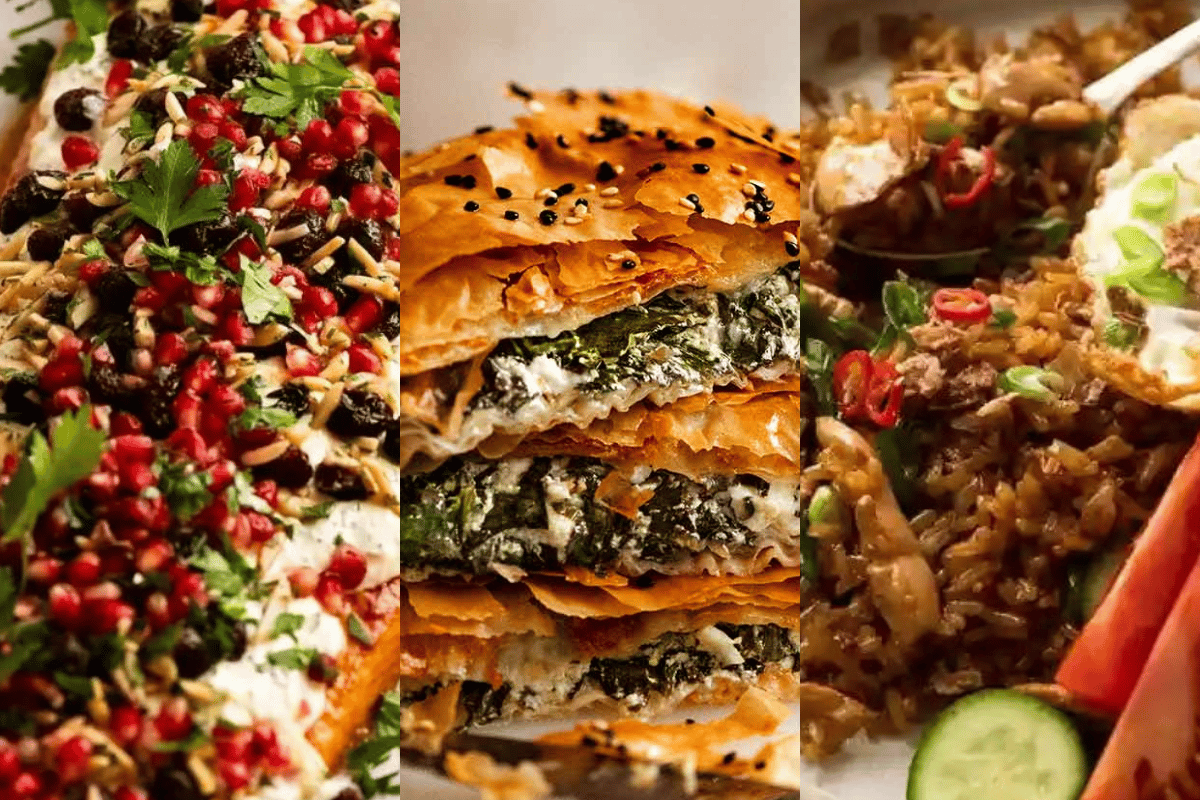
What's better than a hearty homemade meal? One that wasn't hard to make.
As a self-proclaimed terrible cook, I've only ever prided myself in being able to make a delicious bowl of cereal (add milk first — thank me later). But it's 2024 and I need to get my game together.
I asked my colleagues at Mamamia to share their favourite recipes on RecipeTin Eats, a blog created by Sydney-based cook Nagi Maehashi that everyone and their dog seems to be obsessed with.
Here are the RecipeTin Eats dishes they rate the most.
1. Slow Cooked Shredded Beef Ragu Pasta.
"I recommend making this on a lazy Sunday afternoon — do the prep mid-afternoon, watch a movie while it cooks and enjoy a big bowl come dinnertime. If there's one recipe I insist you make, it's this." — Charlotte Begg, Morning Editor.
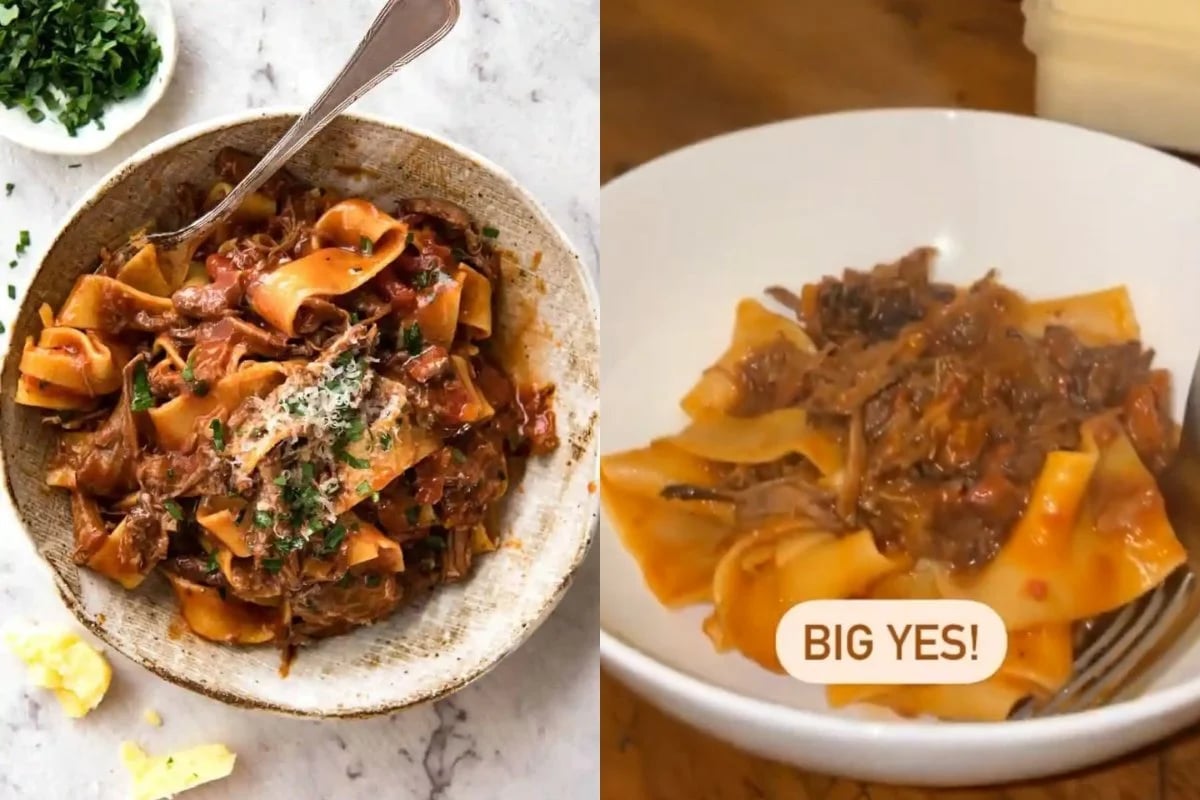 Nagi's version and Charlie's version. Image: RecipeTin Eats/Supplied.
Nagi's version and Charlie's version. Image: RecipeTin Eats/Supplied.



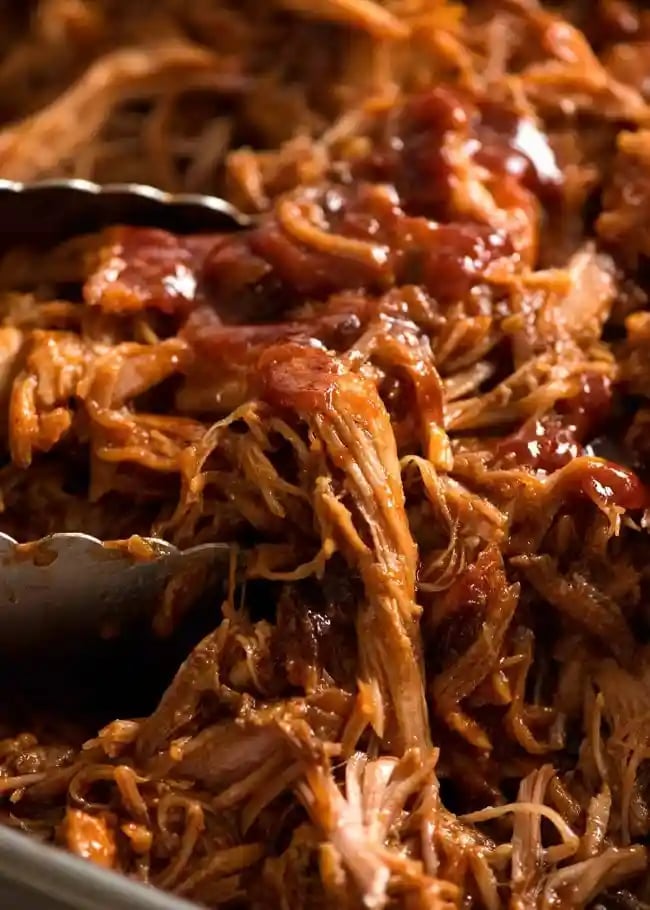
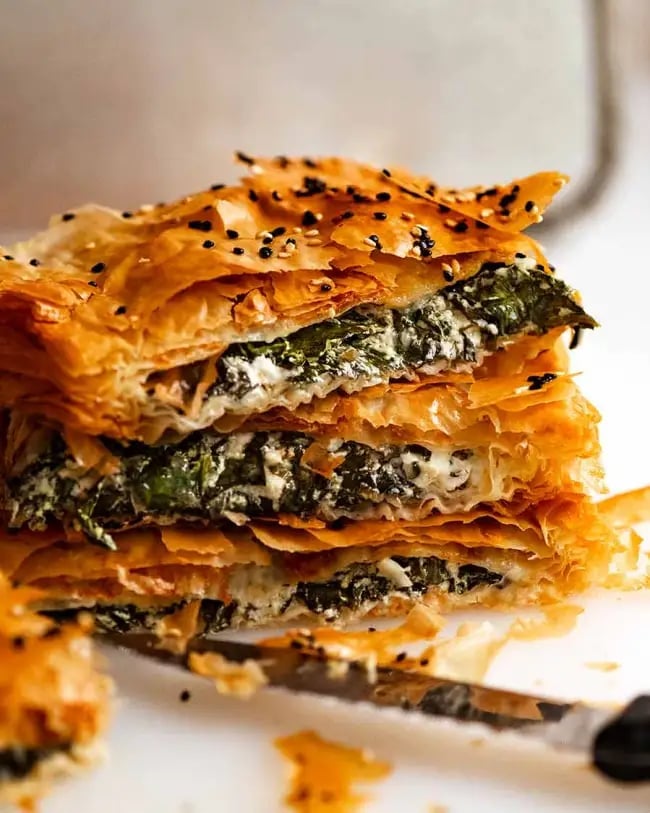
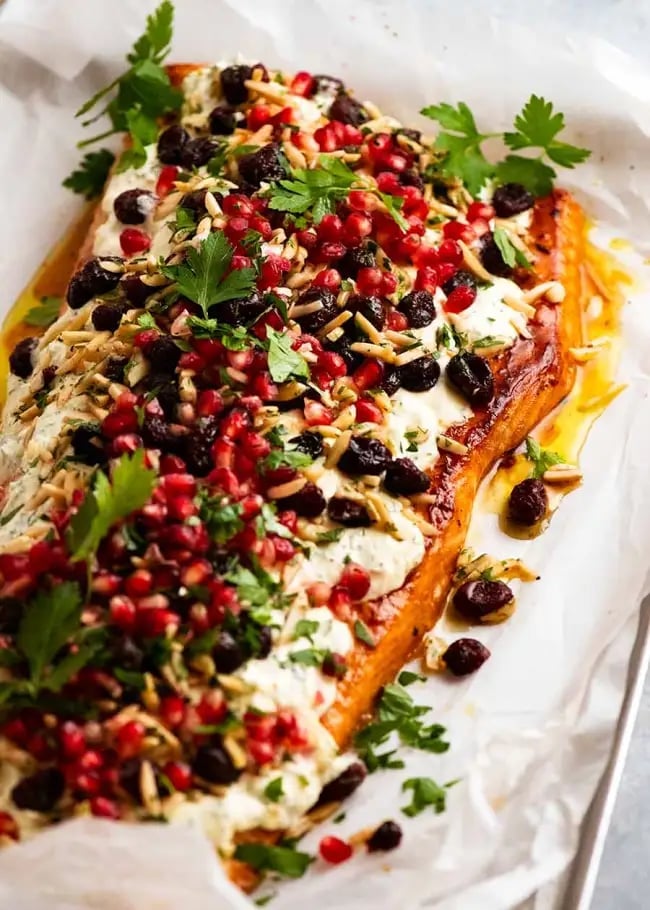
Top Comments